Rentable Tiny Homes: The Perfect Accommodation for Short-Term Stays
Have you ever dreamt of living in a tiny home? Well, now is your chance to experience the cozy and minimalist lifestyle that has taken the world by storm. Tiny homes are compact and affordable homes that offer all the necessary amenities and comforts you need for a comfortable stay. From eco-friendly designs to unique architecture, tiny homes have captured the imagination of many travelers looking for an unconventional place to stay.
Renting a tiny home has become a popular option for people who are looking to explore new places without breaking the bank. Unlike traditional hotel rooms, tiny homes are affordable, sustainable, and offer a unique living experience. Imagine waking up to a stunning view of the mountains or the ocean from your tiny house. Sounds incredible, right?
In this article, we will explore the benefits of renting a tiny home for short-term stays and why it’s an experience that you don’t want to miss out on. Let’s dive in!
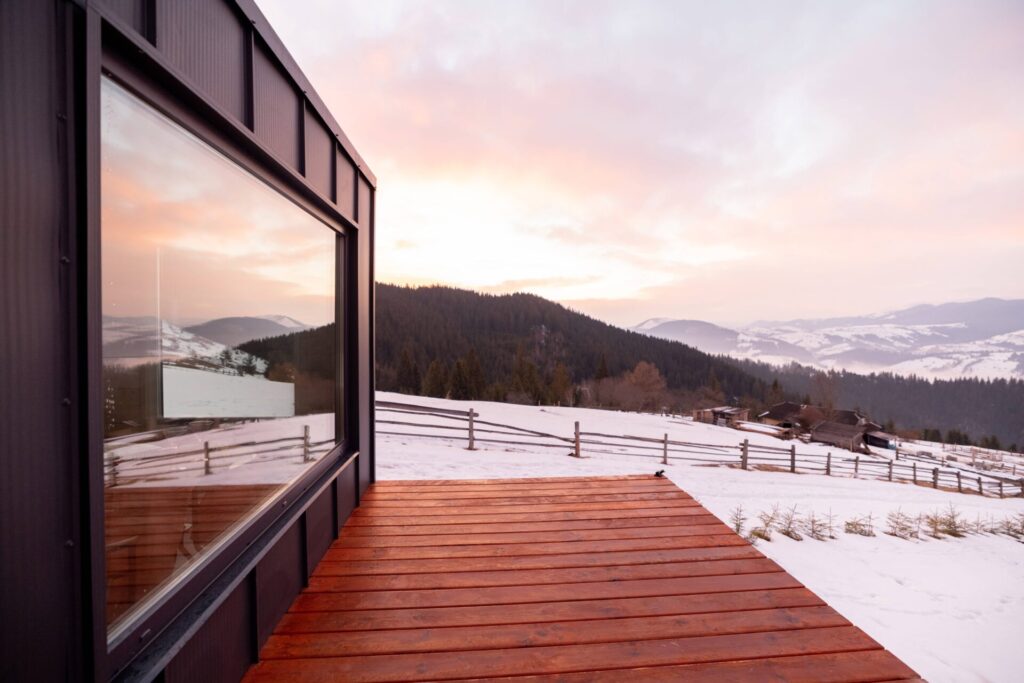
Discover the Different Types of Rentable Tiny Homes
One of the best things about tiny homes is that there is a style and design for everyone. Whether you’re into modern, rustic, or unconventional living, there’s a tiny home out there for you. Here are some of the most popular types of rentable tiny homes that you can choose from:
A. Container Homes
Container homes are made out of recycled shipping containers and offer a unique and eco-friendly living experience. They are easy to transport and can be converted into a fully-functional home with all the amenities you need. Plus, they’re great for those who love industrial design and a minimalist lifestyle.
B. Yurts
Yurts are circular, tent-like structures that are perfect for those who love camping but want a little bit more comfort. They’re made of natural materials and are easy to set up, making them an ideal option for those who want a rustic getaway without sacrificing comfort.
C. Tiny Houses on Wheels
Tiny houses on wheels are becoming increasingly popular as they offer the flexibility to move around and explore new places. They’re compact, energy-efficient, and can be customized to fit your personal style and needs. Plus, they’re perfect for those who want to live a more minimalist lifestyle and reduce their carbon footprint.
These are just a few of the many types of tiny rentable homes available. Each type has its own unique features and advantages, so it’s important to choose the one that best suits your needs and preferences.
Read More: Your Dream Home Awaits: Become a Successful First-Time Home Buyer with This 8-Step Guide
Why Renting a Tiny Home is So Appealing
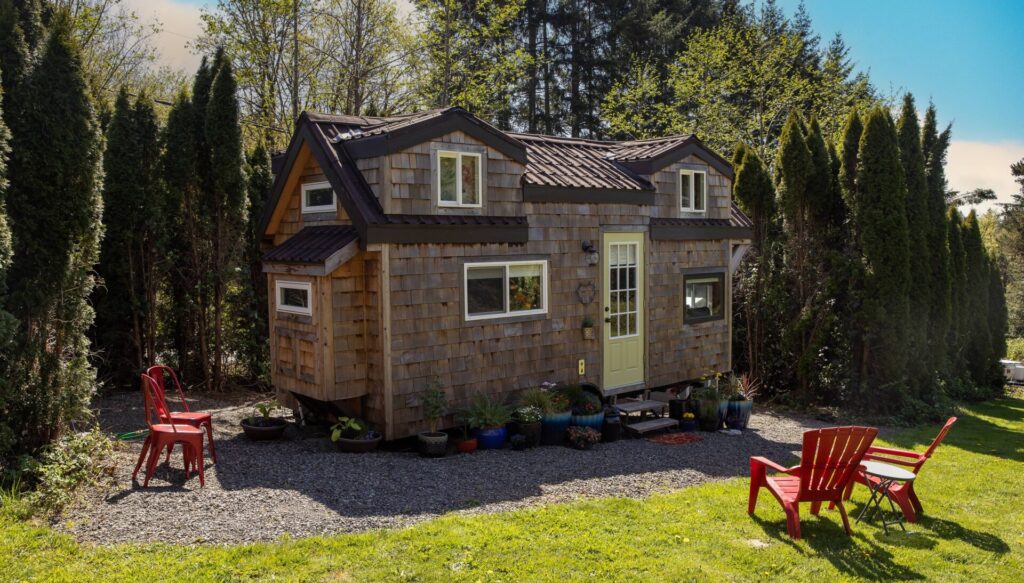
There are many reasons why more and more people are choosing tiny homes for their travel accommodations. Here are just a few of the top reasons:
A. Affordability
Tiny homes are much more affordable than traditional hotel rooms or vacation rentals. They typically cost less per night, and you can save money on meals by cooking in the kitchenette or outdoor grill.
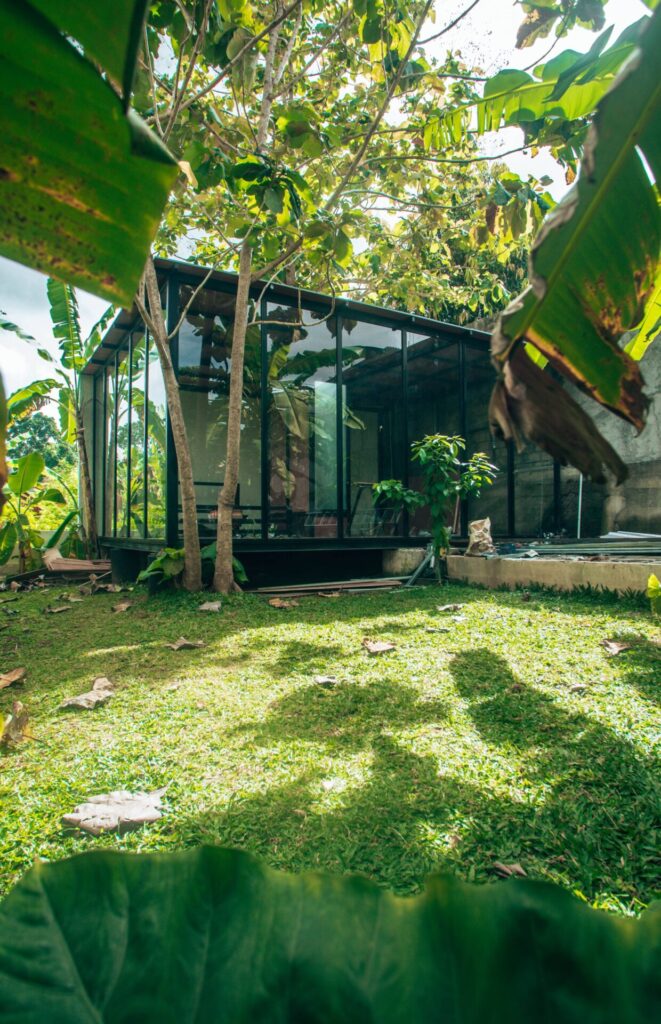
B. Flexibility
Tiny homes offer a lot of flexibility, as they can be located in various settings such as the mountains, near the beach, or even in the city. They are also easy to transport, which means you can move around to different locations and have a unique experience every time.
C. Sustainability
Tiny homes are eco-friendly and have a small carbon footprint. They use less energy, produce less waste, and are built with sustainable materials. They are perfect for those who want to live a more sustainable lifestyle and reduce their impact on the environment.
D. Unique Experience
Staying in a tiny home is a unique and memorable experience that you won’t forget. You get to live in a cozy and minimalist space that’s designed for comfort and functionality. You also get to wake up to beautiful scenery and enjoy the outdoors without sacrificing comfort.
All in all, renting a tiny home is a great option for those who want an affordable, flexible, and sustainable travel experience. It’s a unique way to explore new places and live life to the fullest.
Read More: Best Tips to Buy a House with Bad Credit
How to Find the Perfect Rentable Tiny Home
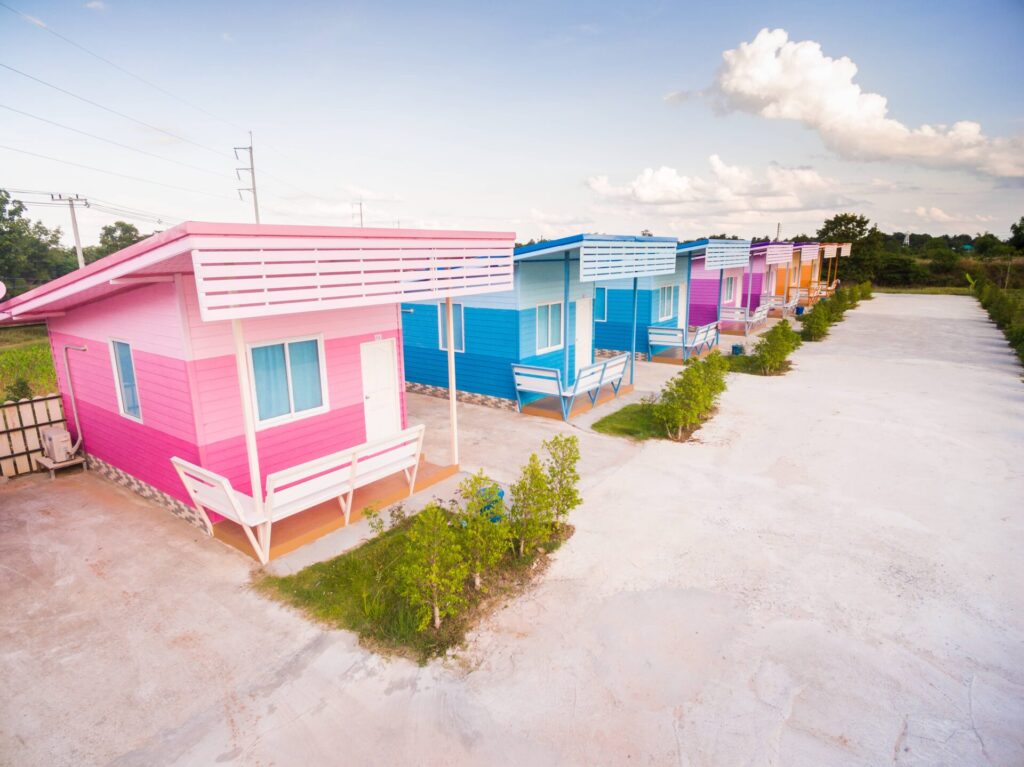
Finding the right tiny home rental can be challenging, especially if you’re new to the concept. Here are some tips to help you find the perfect rentable tiny home for your needs and budget:
A. Use Online Platforms
There are many online platforms where you can search for rentable tiny homes, such as Airbnb, Glamping Hub, and Tiny House Listings. These platforms allow you to search for tiny homes based on location, budget, and amenities and also provide user reviews and ratings.
B. Consider Your Needs
When searching for a tiny home rental, it’s important to consider your needs. Do you need a full kitchen or just a kitchenette? Do you need a bathroom, or can you use a shared bathroom? Make a list of the must-have amenities and features to narrow down your search.
C. Research the Location
Research the location of the tiny home rental before booking. Make sure it’s in a safe and accessible area and that there are things to do and see in the surrounding area. Also, check the weather and seasonal conditions to make sure you’ll be comfortable during your stay.
D. Check the Reviews
Reading reviews from previous guests is a great way to get an idea of what to expect from a rental. Look for reviews that are recent, detailed, and mention the amenities and features that are important to you.
Read More; Introduction to Investing in Travel Nurse Housing
The Benefits of Living in a Tiny Home
Tiny homes aren’t just for short-term stays. They can also be permanent residences for those who want to live a more minimalist and sustainable lifestyle. Here are some of the top benefits of living in a tiny home:
A. Cost Savings
One of the most significant benefits of living in a tiny home is the cost savings. Tiny homes cost significantly less than traditional homes and have lower utility bills. This can save you a lot of money in the long run and give you the financial freedom to do the things you love.
B. Minimalism
Living in a tiny home forces you to adopt a minimalist lifestyle. You have less space, which means you have to be more intentional about the things you own and use. This can lead to less clutter and a more organized and stress-free living environment.
C. Environmental Sustainability
Tiny homes have a small carbon footprint and are built with sustainable materials. They also use less energy and produce less waste, which makes them an excellent option for those who want to live a more environmentally sustainable lifestyle.
D. Personal Experiences
There are countless personal experiences and stories from tiny home residents that attest to the benefits of tiny home living. From being more connected with nature to having more quality time with family and friends, tiny home living offers a unique and fulfilling lifestyle that can’t be found in a traditional home.
Living in a tiny home isn’t for everyone, but for those who are willing to adopt a more minimalist and sustainable lifestyle, the benefits can be tremendous. It’s a unique way to live life to the fullest and enjoy all that nature has to offer.
Read More: Travel Nurse Housing: Finding Your Home on Assignment
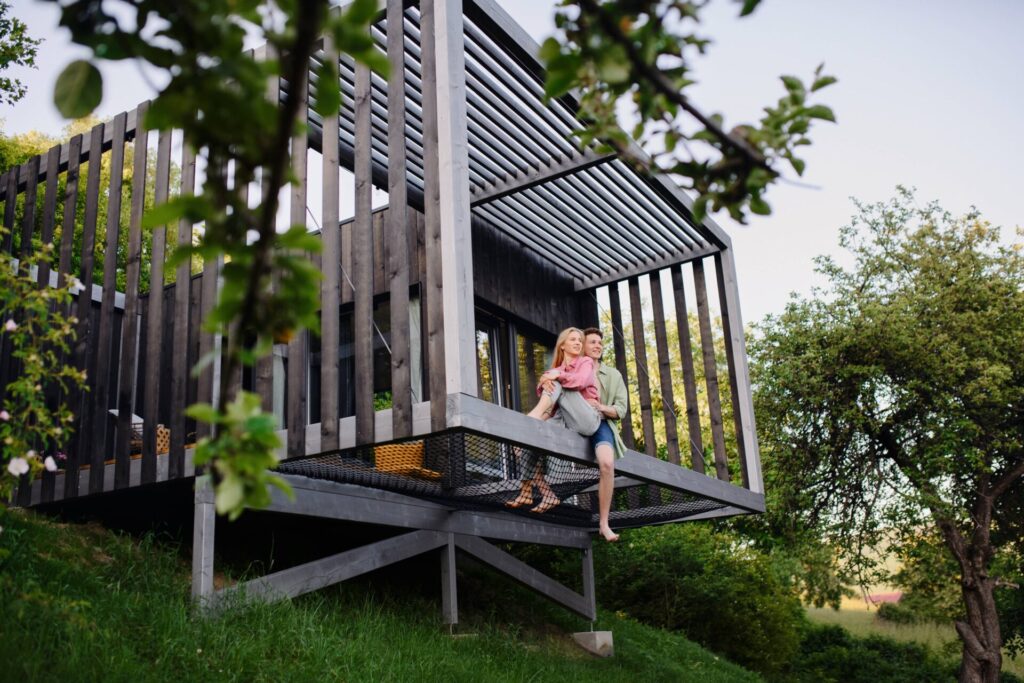
Designing and Building Rentable Tiny Homes
Designing and building a tiny home that’s suitable for short-term rentals requires careful consideration of the space and the needs of the guests. Here are some key considerations to keep in mind when designing and building a tiny rentable home:
A. Functional Space Design
When designing a tiny home for rent, it’s important to optimize the space for functionality and comfort. This means considering the flow of the space, the placement of furniture, and the storage options. The space should feel open and inviting but also provide all the necessary amenities for a comfortable stay.
B. Sustainable Materials
Using sustainable materials is an important consideration when designing and building a tiny home. Not only does it reduce the carbon footprint of the home, but it also creates a healthy and eco-friendly living environment for the guests. Consider using materials like reclaimed wood, bamboo, and recycled steel.
C. Energy Efficiency
Energy efficiency is another key consideration when building a rentable tiny home. The home should be designed to minimize energy usage and to be as self-sufficient as possible. This can include using solar panels, composting toilets, and graywater systems.
By focusing on functional space design, sustainable materials, and energy efficiency, you can create a rentable tiny home that’s comfortable, eco-friendly, and efficient. This will not only attract more guests, but it will also reduce the impact on the environment and provide a fulfilling living experience.
Read More: The Pros Know Best: Discover Alternative Home Buying Methods Used by Experts
The Challenges of Renting and Owning a Tiny Home
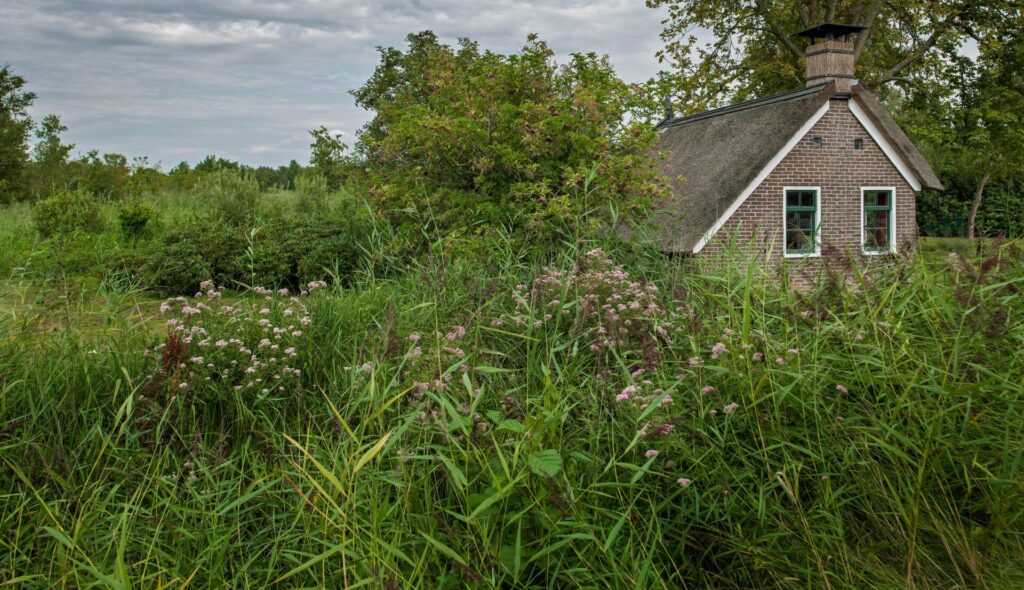
While tiny homes offer many benefits, there are also some challenges associated with renting and owning them. Here are some common challenges and tips for overcoming them:
A. Zoning Restrictions
Many cities and towns have zoning restrictions that make it difficult to own or rent a tiny home. It’s essential to research the local zoning laws and regulations before investing in a tiny home. Consider looking for areas with more lenient zoning laws, such as rural areas or designated tiny home communities.
B. Building Codes
Tiny homes must meet building codes and safety standards, just like traditional homes. This can be a challenge when designing and building a tiny home, as there are often restrictions on the size and height of the home. Work with a professional builder who has experience with tiny homes and can ensure that the home meets all necessary building codes.
C. Limited Space
Living in a tiny home means having limited space, which can be a challenge for some people. It’s important to be intentional about the things you own and use and to make the most of the space you have. Consider multi-functional furniture, like a couch that can turn into a bed, to optimize the space.
D. Maintenance and Repairs
Maintaining and repairing a tiny home can be a challenge, especially if you’re not handy. Consider taking classes or workshops to learn basic home maintenance and repair skills. It’s also a good idea to have a professional handyman or builder on call in case of emergencies.
Maintaining and Cleaning Your Rentable Tiny Home
Maintaining and cleaning a tiny home requires a bit of extra care and attention to detail. Here are some tips for keeping your rentable tiny home in good condition and clean:
A. Composting Toilets
Composting toilets are a common feature in many tiny homes, but they require a bit of extra maintenance. It’s essential to keep the composting toilet clean and well-maintained to prevent odors and ensure proper function. Follow the manufacturer’s instructions for cleaning and emptying the toilet, and consider using a composting starter to aid in the composting process.
B. Graywater Systems
Graywater systems are another unique feature of many tiny homes, and they require special care to prevent clogs and maintain proper function. Avoid putting food scraps or other solids down the drain, and use eco-friendly cleaning products to avoid damaging the system.
C. Regular Cleaning
Regular cleaning is essential to keep a tiny home looking and smelling fresh. Clean the floors, walls, and surfaces regularly with eco-friendly cleaning products, and use natural deodorizers like essential oils to keep the air fresh.
D. Preventive Maintenance
Preventive maintenance is key to keeping your rentable tiny home in good condition. Make sure to inspect the home regularly for any signs of wear and tear, and address any issues as soon as they arise. Consider hiring a professional to perform regular maintenance tasks like cleaning gutters and inspecting the roof.
By following these tips, you can keep your rentable tiny home in good condition and provide a comfortable and inviting living environment for your guests. With a little bit of care and attention, your tiny home can provide years of enjoyment and fulfilling living experiences.
Read More: Investing in Apartment Buildings: What to Consider and How to Get Started
The Future of Rentable Tiny Homes
The trend of rentable tiny homes is only going to continue to grow in the future. Here are some of the potential opportunities and trends to watch for in the coming years:
A. Tiny Home Communities
Tiny home communities are becoming increasingly popular, as they offer a sense of community and shared living experience. These communities often include shared amenities like community gardens and gathering spaces and provide a unique and fulfilling living experience.
B. Eco-Villages
Eco-villages are similar to tiny home communities but with a focus on sustainability and eco-friendliness. They often include features like solar power, composting toilets, and graywater systems and are designed to create a self-sufficient and sustainable living environment.
C. Opportunities for Investors and Entrepreneurs
The growing trend of rentable tiny homes presents many opportunities for investors and entrepreneurs. From building and designing tiny homes to creating online platforms and marketing services, there are many ways to get involved in the tiny home rental market.
The future of rentable tiny homes is bright, with a growing demand for eco-friendly and sustainable living options. As more people embrace the minimalist lifestyle and seek out unique and fulfilling living experiences, the market for rentable tiny homes will continue to grow and thrive.
Try Renting a Tiny Home for Your Next Travel Experience
Renting a tiny home offers many benefits, including affordability, flexibility, and sustainability. While there are some challenges associated with tiny homes, like zoning restrictions and limited space, these can be overcome with careful planning and preparation.
Whether you’re looking for a unique travel experience or a permanent residence, a tiny home can offer a fulfilling and sustainable living environment. With so many online platforms available for finding rentable tiny homes, it’s easier than ever to try out this lifestyle and explore new places.
So why not give it a try? Rent a tiny home for your next vacation or travel experience and see what all the fuss is about. You may just discover a new way of living that brings you joy and fulfillment and that’s more eco-friendly and sustainable for the planet.
Frequently Asked Questions
The legality of tiny homes varies depending on the location. Some areas have zoning restrictions that make it difficult to own or rent a tiny home, while others have designated tiny home communities. Before investing in a tiny home, be sure to research the local zoning laws and regulations to ensure that you can legally own or rent a tiny home.
The cost of renting a tiny home varies depending on the location, size, and amenities. On average, rentable tiny homes can range from $50 to $250 per night. Be sure to research different rental options and compare prices before booking.
The number of people that can comfortably fit in a tiny home depends on the size and layout of the home. Most rentable tiny homes can comfortably accommodate 1-4 people. However, it’s valuable to be mindful of the space and consider the needs and comfort of all guests.
Most tiny homes have bathrooms, but they may be smaller and more compact than traditional bathrooms. Some tiny homes have composting toilets and graywater systems, which require a bit of extra maintenance and care. Be sure to check the amenities and features of the rental before booking.
Tiny homes can be more eco-friendly than traditional homes, as they often use sustainable materials and energy-efficient features. Many tiny homes also use solar panels, composting toilets, and graywater systems, which reduce the carbon footprint and waste output of the home. However, it’s important to research the specific features and sustainability practices of the home before renting.
